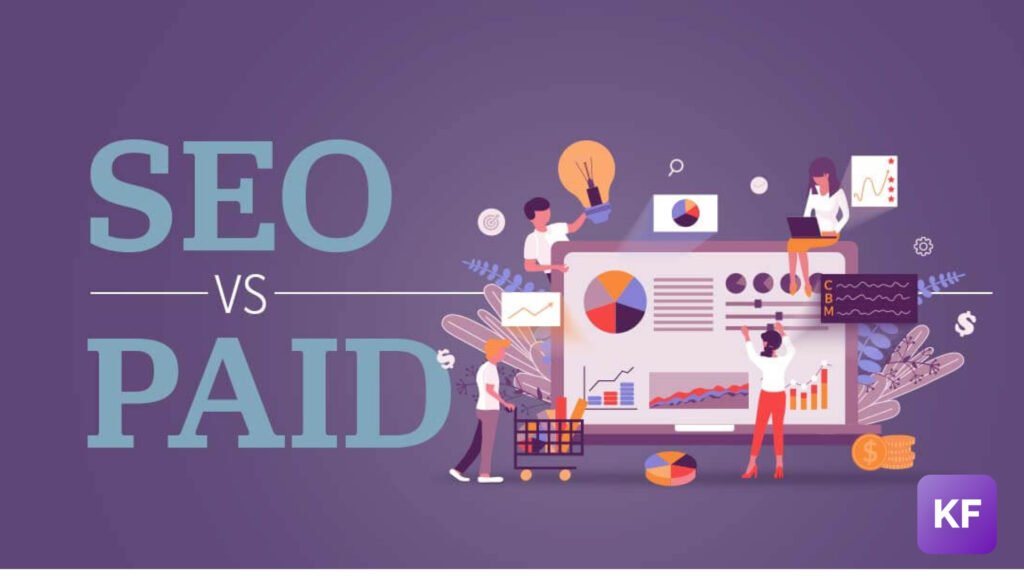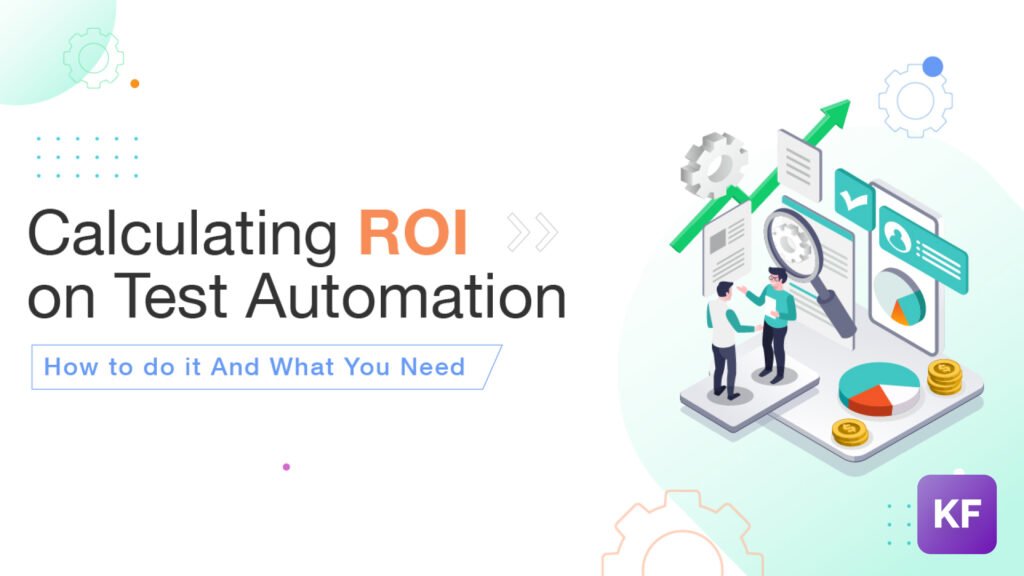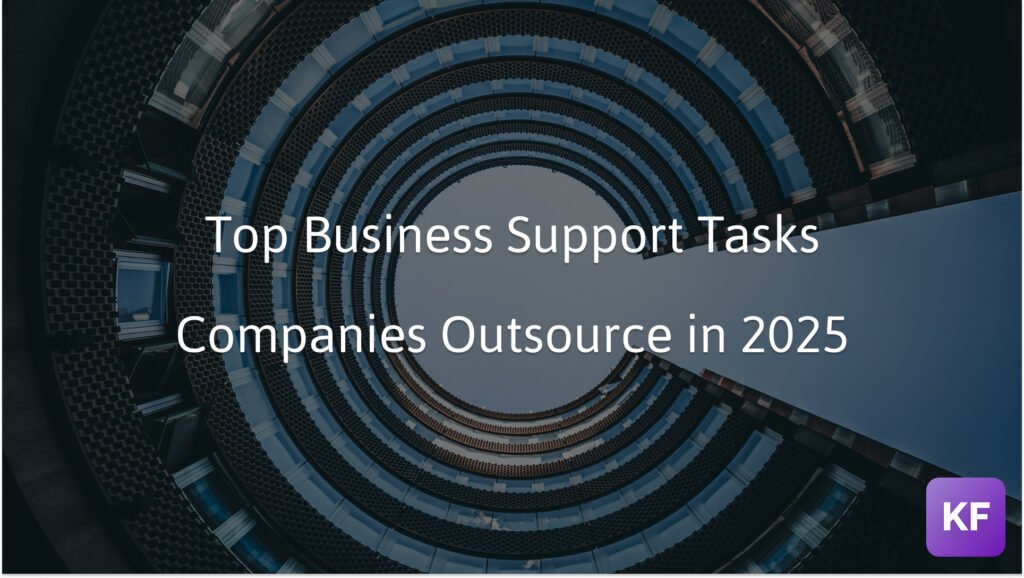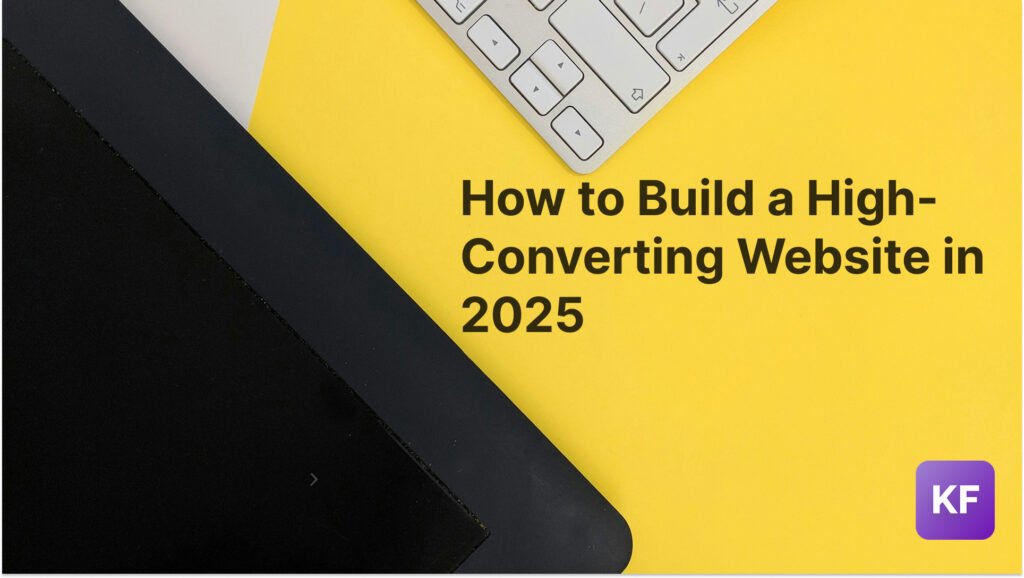SEO vs. Paid Ads: Which One Works Best for Your Business?
SEO vs Paid Ads: Which One Works Best for Your Business? SEO vs Paid Ads In today’s digital landscape, businesses must decide: SEO, Paid Ads, or both? These powerful tools have distinct strengths and weaknesses. Without understanding them, you risk wasted budgets and missed opportunities. This post demystifies SEO vs. Paid Ads, offering a comprehensive analysis to help you choose the best strategy for your goals, audience, and vision. Gain the knowledge to optimize your marketing for maximum impact, and drive tangible results. Understanding the Basics of SEO vs Paid Ads: SEO (Search Engine Optimization): This involves optimizing your website and content to rank higher in organic (unpaid) search results. It’s a long-term strategy focused on building authority and driving sustainable traffic. Paid Ads (Pay-Per-Click or PPC): This involves paying for advertising space on search engines (Google Ads), social media platforms (Facebook Ads, LinkedIn Ads), and other websites. It’s a short-term strategy focused on immediate visibility and targeted traffic. SEO: The Long-Term Investment: Pros: Organic Traffic: Drives consistent, long-term traffic to your website without ongoing ad spend. Cost-Effective: Once you achieve good rankings, you don’t pay per click. Builds Authority: High rankings establish your website as a credible source in your industry. Targeted Traffic: Optimizing for specific keywords attracts users actively searching for your products or services. Cons: Time-Consuming: SEO takes time to yield results. Algorithm Changes: Search engine algorithms can change, affecting rankings. Requires Expertise: Effective SEO requires specialized knowledge and skills. Paid Ads: The Instant Visibility: Pros: Immediate Results: Provides instant visibility and drives traffic quickly. Targeted Audience: Allows precise targeting based on demographics, interests, and keywords. Measurable Results: Provides detailed data on campaign performance. Flexibility: Allows you to adjust campaigns in real-time. Cons: Costly: Requires ongoing ad spend, and costs can escalate in competitive markets. Traffic Stops When Ads Stop: Traffic ceases when you stop paying for ads. Ad Fatigue: Users can become desensitized to ads. Which One Works Best for Your Business? The “best” approach depends on your specific business goals, budget, and timeline. Short-Term Goals: If you need immediate visibility, paid ads are the way to go. Long-Term Goals: If you want sustainable traffic and brand authority, invest in SEO. Limited Budget: SEO is more cost-effective in the long run. Large Budget: A combination of SEO and paid ads can maximize your reach. Combining SEO and Paid Ads: The Power Duo: Often, the most effective strategy is to combine SEO and paid ads. Use Paid Ads to Test Keywords: Run paid campaigns to identify high-performing keywords for your SEO strategy. Drive Immediate Traffic While Building SEO: Use paid ads to generate traffic while your SEO efforts take effect. Retargeting: Use paid ads to retarget users who visited your website through organic search. Brand Awareness: Use paid ads to build brand awareness and complement your SEO efforts. Conclusion: SEO and paid ads are not mutually exclusive. They are complementary strategies that can work together to drive significant results. By understanding their strengths and weaknesses, you can create a comprehensive digital marketing strategy that aligns with your business goals and maximizes your ROI. Knownfreaks: Your Partner in Digital Marketing Optimization: Navigating the choice between SEO vs Paid Ads can be complex. At Our Agency, we understand that both strategies require ongoing testing and optimization to achieve peak performance. We offer a comprehensive suite of digital marketing services, including in-depth analytics and QA, to help businesses of all sizes maximize their ROI. Contact us today to learn how we can help you make informed decisions about your SEO vs Paid Ads campaigns and achieve your digital marketing goals.











